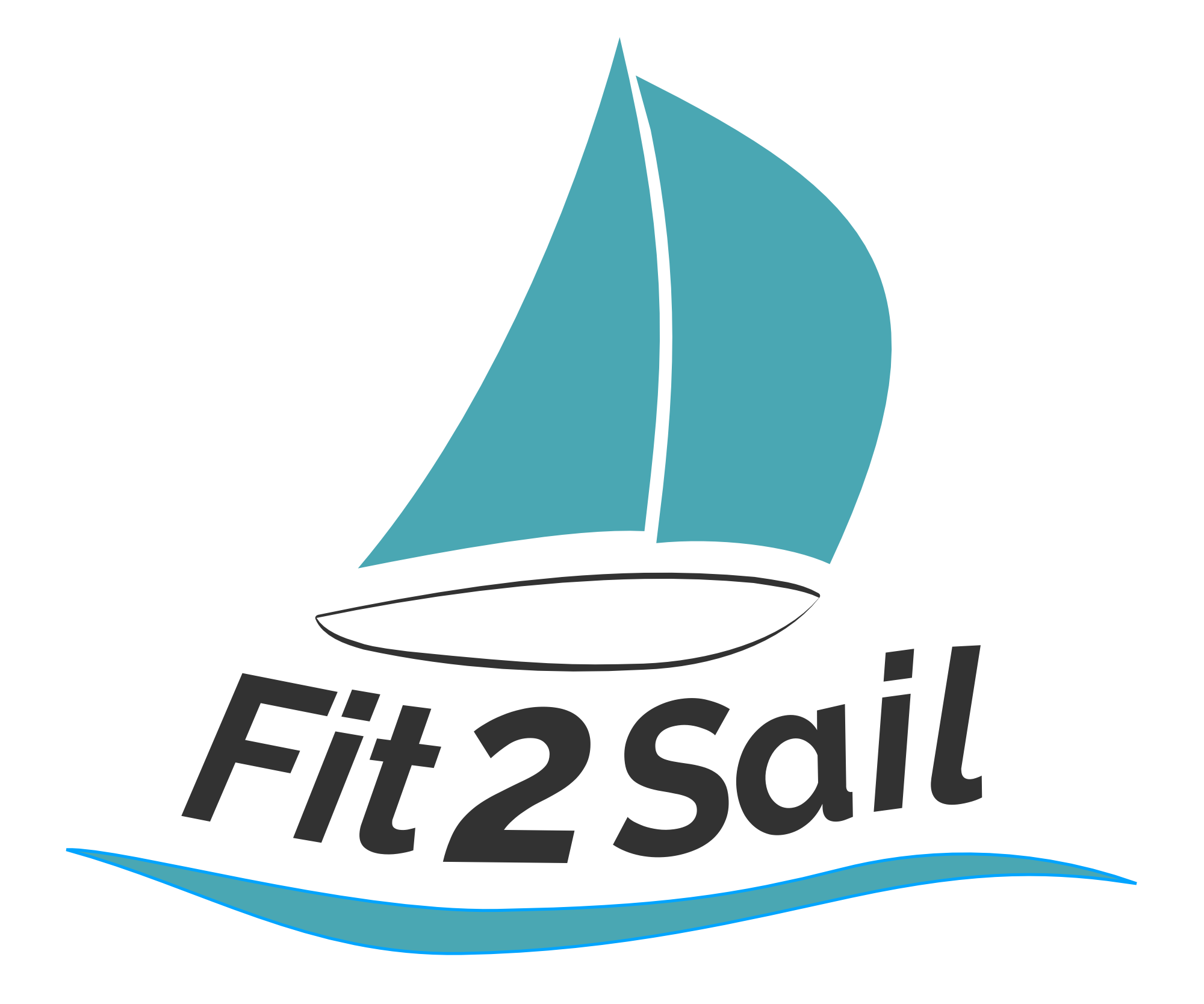How to Talk Like a Cruiser
When I was in high school, long before I started sailing for real, a friend of mine asked me to proofread an essay she wrote. She’s a sailor; the essay was a lovely, personal memoir-type essay about her family and their boat. I made a few corrections and handed it back to her with the comment, “You may want to change the language to make it accessible to anyone.”
Sundowners.
She disagreed. “It’s an essay about sailing; the intended audience is someone who sails. They’ll know exactly what I’m talking about.”
It may well have been my first real lesson in the power of audience and writing for your audience, though I’d been practicing it for years. It also brought to mind, quickly, the nuances of vocabulary.
Any lifestyle, like any geographic location, has its own special vocabulary, and it goes a long way to helping you fit in when you can speak the lingo.
There’s insider speak on the internet. LOL. (laugh out loud) TLDR (too long; don’t read). ISO (I seek other) and IKR (I know, right?) and BRB (be right back). On Women Who Sail, the constant questions around “So what IS DH anyway?” (dear hubby, deck hand, dick head – multiple meanings depending on the context) are a reminder that it’s helpful to have a guide to the language.
Boating is, of course, no exception to the “let’s create our own language” phenomenon. There are standard boat terms, all of which help with communication from a safety standpoint. When you understand that bow and stern and port and starboard are ALWAYS in relation to the boat, not where you happen to be standing, yelling out “hazard to port” saves confusion and time. Boat parts and their names are often one of the first things taught in a sailing school for good reason.
But what about the rest of the words? What about going cruising and wanting to fit in? What about when you’ve bought a boat and are on your own, bringing her into a marina for the first time? What special vocabulary might you want to know so you understand? You already know port and starboard, and hopefully you’re at least partially acquainted with the engine and how it works. Here are a few more.
For cruising:
Sundowner: a special drink (alcoholic or not) at sundown. When you’re invited for sundowners, it means you’ve been invited to hang in the cockpit chatting while the sun goes down, an event everyone watches. Take your own drinks and a nibble to share.
Sometimes sundowners involve a beach fire.
Provisioning: stocking up on whatever you need for food, drink, and various other items on the boat. It’s like grocery shopping for the boat.
Dinghy dock: special spot to leave your dinghy when you go ashore.
Reading the mail: listening to other conversations on the VHF. Everyone does it. Don’t think any conversation on the VHF is private, even if you’ve got your “secret” channel.
Weather window: a period of time when the weather appears to be favorable for a passage you want to make. You can help yourself find one by using FastSeas, a weather routing site designed by my husband, Jeremy. And in any case, this book* is great to have on hand to learn about tactics to use when a window slams shut unexpectedly.
If you need this book, you probably didn't pick a good window.
Cruiser’s Midnight: 9 pm.
The Net: local vhf radio call-in at a set time, usually in the morning. Organization varies depending on location, but generally includes some weather, general announcements, and a time for new boats to introduce themselves. If there is one, it’s a great source of information especially if you are new to the area.
And, to honor my friend and her high school essay, I wanted to include a couple of marina scenarios. If you don’t know the lingo, these questions/statements could totally throw you for a loop.
Marina: What do you draw?
Answer: “Draw” means “how much water do you need to float.” This matters not only for where they put you, but also because sometimes the way in to a marina has restricted depths. It’s a good idea to ask about the APPROACH depths too.
Marina: What's your beam?
Answer: This is how wide the boat is. It matters because they’ll put you (hopefully) into a slip that you fit without the need of grease or a shoehorn.
Marina: Okay! You have slip B-12. Starboard tie.
Translation: Slip? The dock space you’ve been assigned to. “Starboard tie” means you’ll be tying up on the starboard side – IF you are going bow in. If you prefer going stern in, then you’ll be tying on the port side. Get your lines ready and fenders out.
Calypso in her slip.
Obviously, these aren’t the only special words you need to learn. But it’s a good start.
(and the word I wanted my friend to explain? Slip. If she had explained it, it would totally have ruined a wonderful essay. Vocabulary and audience – they both matter!)
*As an Amazon Associate I earn from qualifying purchases.




